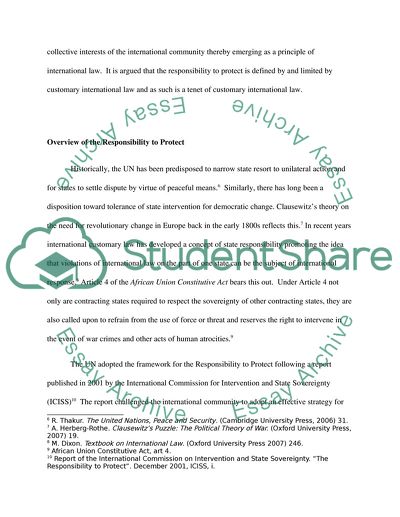Cite this document
(“Is There a Responsibility to Protect in International Law Essay”, n.d.)
Retrieved from https://studentshare.org/law/1561464-is-there-a-responsibility-to-protect-in-international-law
Retrieved from https://studentshare.org/law/1561464-is-there-a-responsibility-to-protect-in-international-law
(Is There a Responsibility to Protect in International Law Essay)
https://studentshare.org/law/1561464-is-there-a-responsibility-to-protect-in-international-law.
https://studentshare.org/law/1561464-is-there-a-responsibility-to-protect-in-international-law.
“Is There a Responsibility to Protect in International Law Essay”, n.d. https://studentshare.org/law/1561464-is-there-a-responsibility-to-protect-in-international-law.


